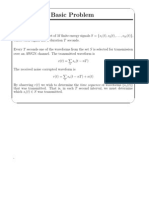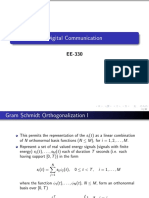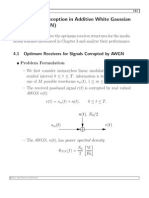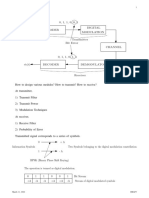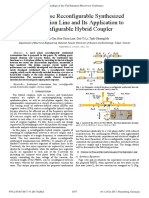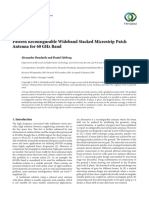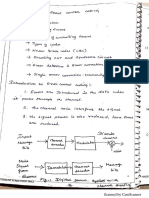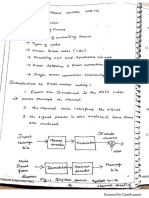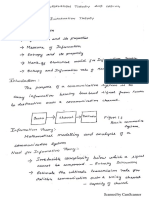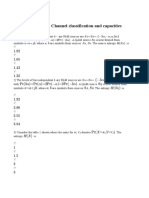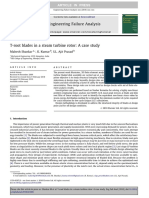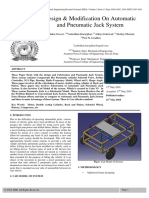0% found this document useful (0 votes)
43 views46 pages22ECE52 - Module 5 Detection and Estimation
Uploaded by
Gurulakshmi A BCopyright
© © All Rights Reserved
We take content rights seriously. If you suspect this is your content, claim it here.
Available Formats
Download as PDF, TXT or read online on Scribd
0% found this document useful (0 votes)
43 views46 pages22ECE52 - Module 5 Detection and Estimation
Uploaded by
Gurulakshmi A BCopyright
© © All Rights Reserved
We take content rights seriously. If you suspect this is your content, claim it here.
Available Formats
Download as PDF, TXT or read online on Scribd
/ 46














